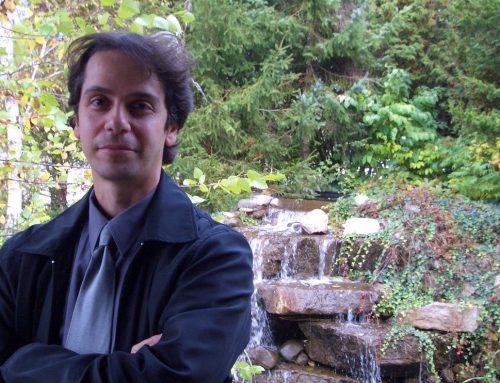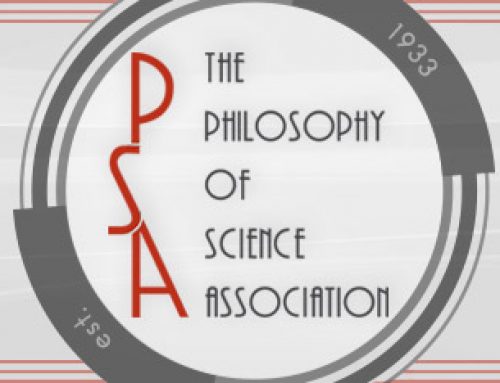by Craig Fox
A popular picture of scientific revolutions, such as Einstein’s overthrow of Newtonian physics, paints them as involving something like a gestalt shift; they involve a sudden reorientation of the perspective through which we see the world. The perspective through which scientists see the world is a more or less loose set of acceptable mathematical and experimental practices. This set is what constitutes a theory. Once the untidy business of establishing a new theory has been accomplished, scientists steadily accumulate new facts about the world, but they do little by way of gaining new insight into the ultimate nature of reality. It’s humdrum business, amounting to little more than puzzle solving. Some puzzles are harder and therefore give rise to greater excitement when solved, of course, but the puzzles are technical challenges which are to be overcome by applying more and more of the same methods. This is because one of the criteria for being considered a legitimate problem to address, is that the problem be one that the theory has a chance of solving. When confronted with a seemingly insoluble puzzle, or an anomalous result, the scientist can always brush the problem off as being due to factors outside of the reach of their theory or outside the reach of science, altogether. This does not make for a particularly philosophically interesting subject matter, for the puzzles do not constitute real challenges to the theory itself.
But, this is not the end of the story. After a while, the humdrum life of the community of practicing scientists begins to get tense. That’s because anomalies are slowly found and accumulate, putting pressure on the theory being employed. And when enough of these build up, the community reaches a point of crisis. This crisis lasts until such time as a new theory is devised. And new theories do something that is really very interesting; they divide up the world differently. In Newtonian physics for example, the motions of the planets in our solar system are explained as resulting from the natural state of motion of planets, i.e. motion in a straight line, and a force, called gravity, that pulls them back toward the sun. But after Einstein, physics sees the same planets and motions but now explains them not in terms of a force, but in terms of curvature of space-time, itself, which massive bodies induce. So no longer does the Earth revolve around the Sun because a force is pulling on it, just as a stone can be made to orbit one’s hand by whirling it in a sling. Rather, according to Einstein’s theory, the Earth is traveling in a straight line, it’s just that the space through which it is moving is curved by the presence of the Sun, and straight lines behave unexpectedly when space is curved. In this case, the Sun has caused spacetime to be curved, such that straight lines go in a circle around it.
I hope the reader can see that these two theories represent very different ways of conceiving of the world. or, as I put it earlier, of dividing up the world. And the view of science that I’m sketching here holds that the switch from one viewpoint to the other occurs by way of gestalt shift. This is surely an interesting and provocative view. For one, it leads us to construe arguments between opposing theoretical camps as being similar to arguments between opposing religions. Each side sees the same world, but they see the world as very different things. And adopting a new scientific theory is the same sort of process as having a religious conversion experience.
This view does not hold up, however. When one looks carefully at the rational process by which Einstein discovered the theory of General Relativity, the desire to visualize scientific revolutions as gestalt shifts that a particular kind of genius can bring about, quickly melts away. One possibility is that Einstein’s scientific revolution should be thought of as the culmination of the scientific program initiated by Isaac Newton in 1687, namely, Newtonian physics. If you would like to learn more, as I do, please join us tomorrow night (Wed. October 7th, 2015) at the London Public Library, from 7-8 pm to hear Chris Smeenk, Director of the Institute and associate professor of Philosophy at Western. His talk is entitled, “Einstein’s Path to a New Theory.” Alternatively, check out Chris’ talk on our YouTube channel, where it will appear soon.
Also, please check out our other upcoming events.





